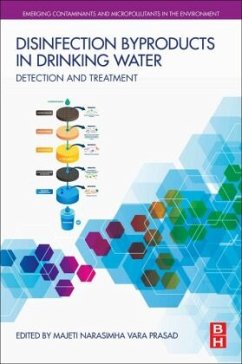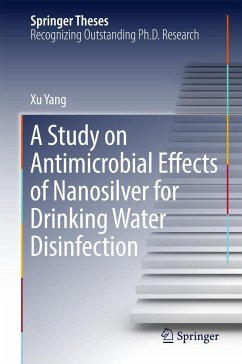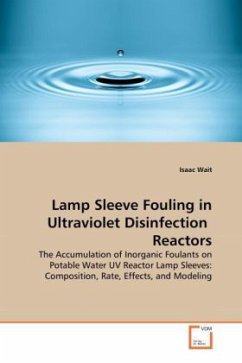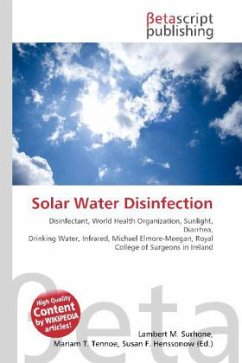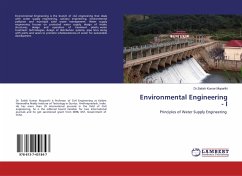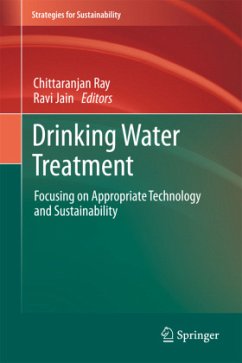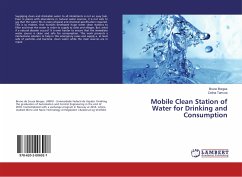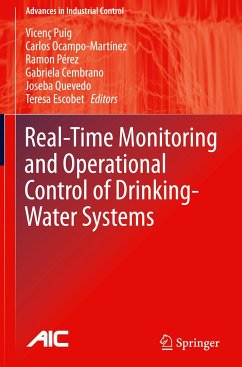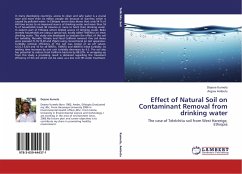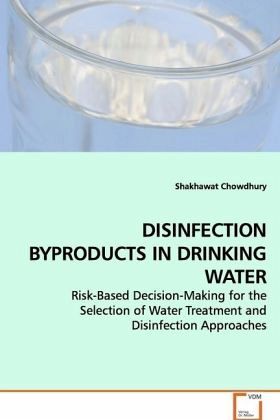
DISINFECTION BYPRODUCTS IN DRINKING WATER
Risk-Based Decision-Making for the Selection of Water Treatment and Disinfection Approaches
Versandkostenfrei!
Versandfertig in 6-10 Tagen
52,99 €
inkl. MwSt.

PAYBACK Punkte
26 °P sammeln!
Since the discovery of chlorinated byproducts in drinking water in 1974, research for understanding the types and distributions of natural organic matter in water, its reactivity, human exposure to byproducts through ingestion with drinking water, as well as inhalation and dermal contacts during showering, bathing, swimming in chlorinated pools and cooking, risk potentials of various byproducts, kinetics of byproducts formation, epidemiological and toxicological evidence, effects of different factors on byproducts formation and minimization of cost have been continuing. However, minimizing hum...
Since the discovery of chlorinated byproducts in
drinking water in 1974, research for understanding
the types and distributions of natural organic
matter in water, its reactivity, human exposure to
byproducts through ingestion with drinking water, as
well as inhalation and dermal contacts during
showering, bathing, swimming in chlorinated pools
and cooking, risk potentials of various byproducts,
kinetics of byproducts formation,
epidemiological and toxicological evidence, effects
of different factors on byproducts formation and
minimization of cost have been continuing. However,
minimizing human health risks from exposure to
disinfection byproducts and lowering costs of water
supply systems have been a challenge to the research
community. In this book, complexities in controlling
different parameters, modeling byproducts formation
and framework for multi-criteria decision-making
have been discussed in details. This book has
offered significant improvement toward the direction
of risk-based decision-making; thus, will be of
interest to the research communities.
drinking water in 1974, research for understanding
the types and distributions of natural organic
matter in water, its reactivity, human exposure to
byproducts through ingestion with drinking water, as
well as inhalation and dermal contacts during
showering, bathing, swimming in chlorinated pools
and cooking, risk potentials of various byproducts,
kinetics of byproducts formation,
epidemiological and toxicological evidence, effects
of different factors on byproducts formation and
minimization of cost have been continuing. However,
minimizing human health risks from exposure to
disinfection byproducts and lowering costs of water
supply systems have been a challenge to the research
community. In this book, complexities in controlling
different parameters, modeling byproducts formation
and framework for multi-criteria decision-making
have been discussed in details. This book has
offered significant improvement toward the direction
of risk-based decision-making; thus, will be of
interest to the research communities.



